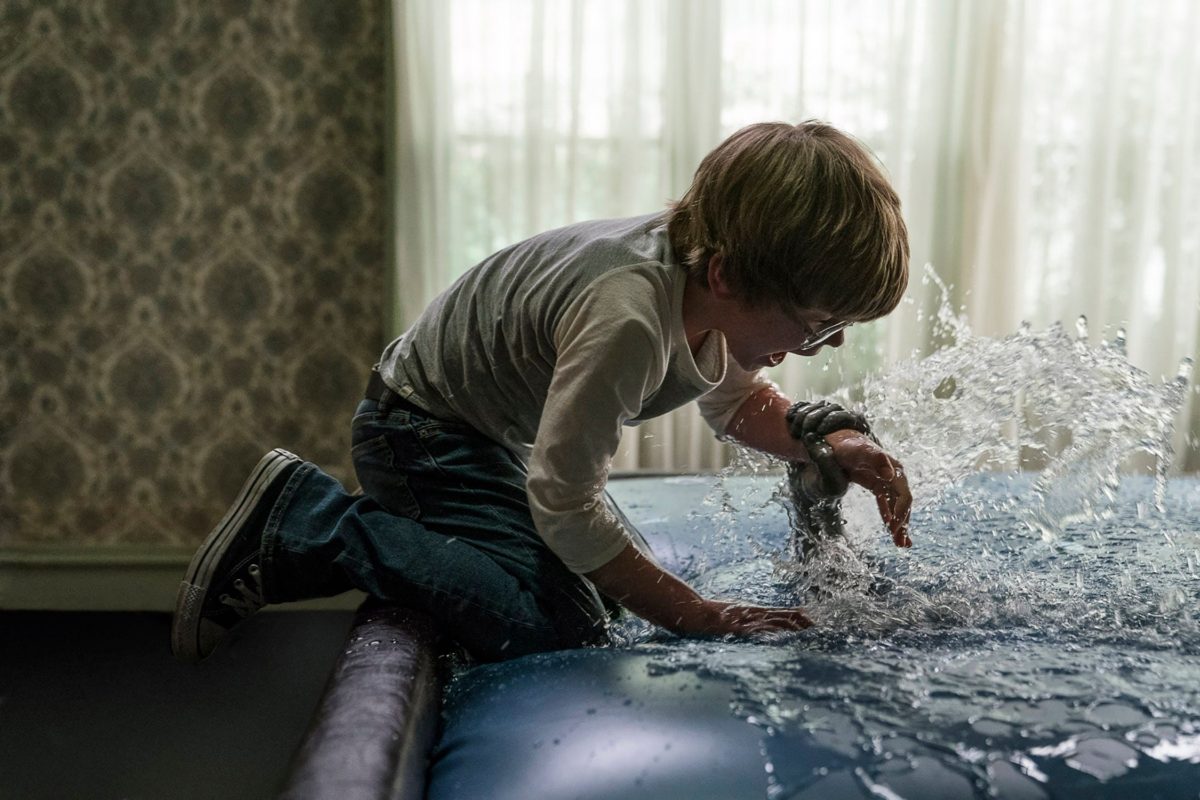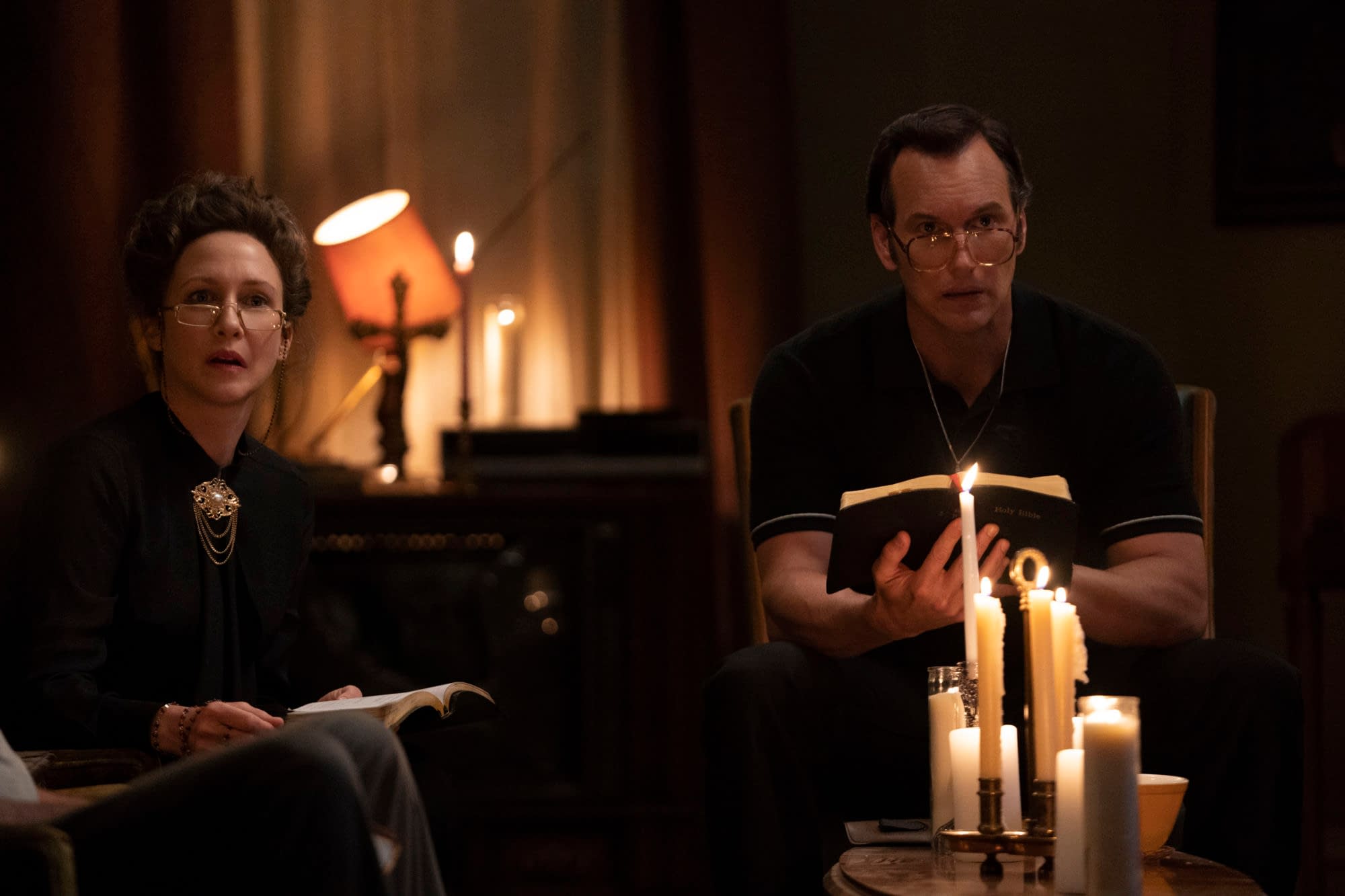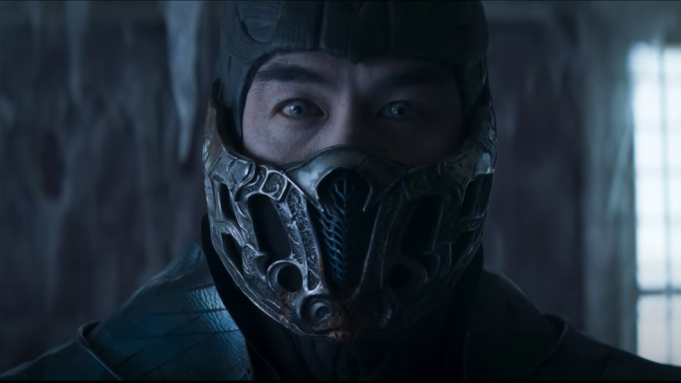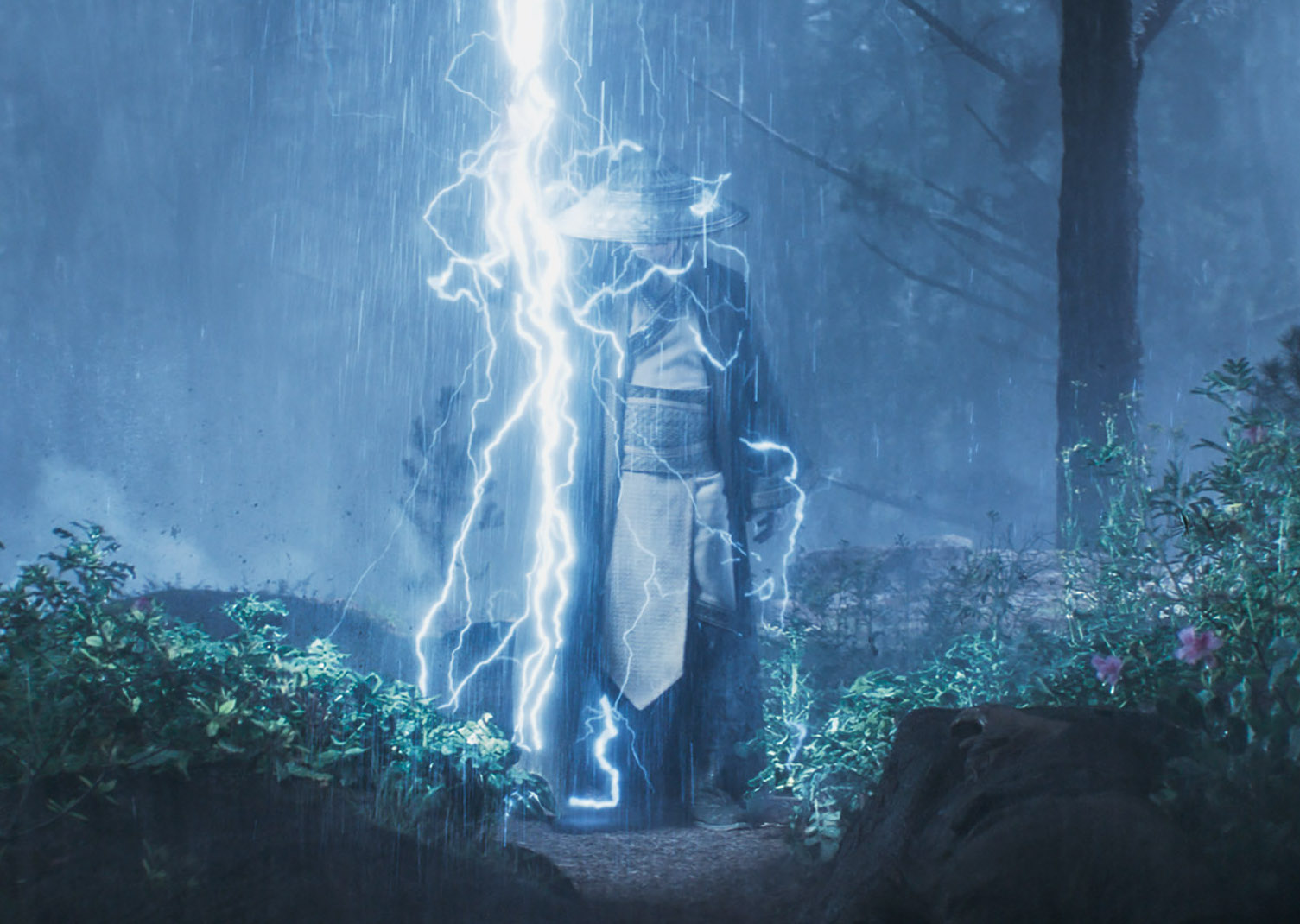What is the appeal of a movie like Sharknado? It’s bad, everyone involved knows it’s bad, and the audience knows it’s bad. Nevertheless, the original 2013 Sharknado was one of the biggest hits in Syfy network history and spawned five sequels.
The cultural theorist in the corner pipes up to say, “It’s camp!” And that’s true enough. But I think it’s simpler than that. The title tells you what you’re going to get — a tornado full of sharks — but it also tells you that this movie doesn’t give a fuck. It’s not trash that’s going to pretend to not be trash. It rejects your notions of “intelligence” and “decency” in favor of the sheer, undeniable pleasure, represented by a tornado full of sharks eating people who thought they were safe on dry land.
Which brings me to Malignant. It’s a film that lacks a solid, Sharknado-style hook, but it does have director James Wan, the co-creator of torture-porn progenitor Saw and the guy who made the warmed-over Exorcist vibes of The Conjuring into a billion-dollar franchise. Kudos to him for trying something fresh, but what, exactly, is the hook for Malignant? Wan knows how this works; Saw is a trashy film about watching people saw their own limbs off. Turns out, looking for the hook is part of the hook! Checkmate, Sharknado!
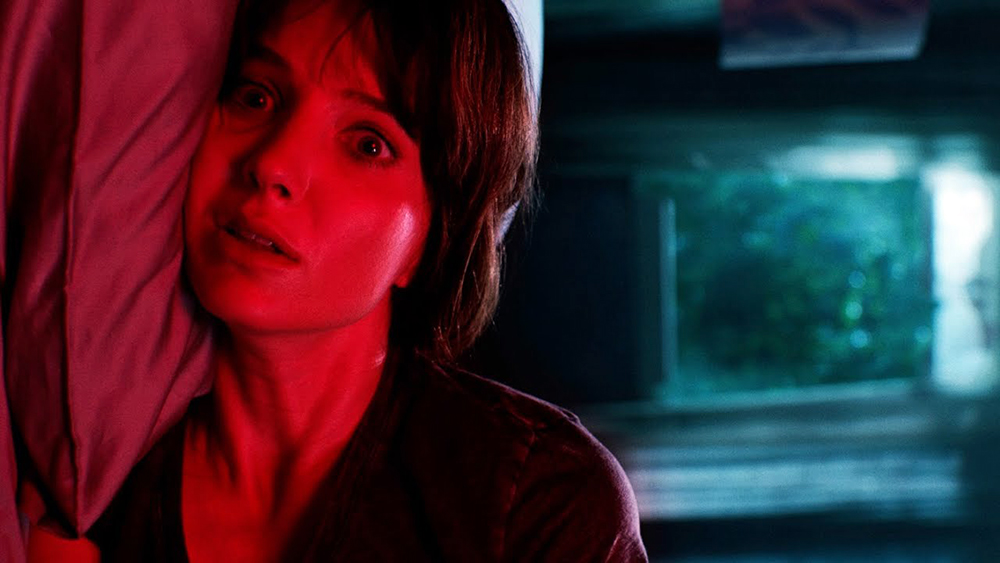
Madison Lake (Annabelle Wallis) is a pregnant woman in an abusive relationship with her husband Derek (Jake Abel). She desperately wants to have a baby, but she’s had three miscarriages, for which Derek blames her. During one particularly terrible argument, Derek slams Madison’s head against the wall, and she locks herself in their bedroom. While he’s sleeping off his drunk on the couch, a killer appears and stabs him in the head. When Madison awakes, she sees her husband has gotten what he deserves and is then attacked by the mysterious, hirsute killer, who looks like Cousin Itt joined Ministry in the mid-’90s.
When Madison wakes in the ICU, her sister Sydney (Maddie Hasson) informs her that she has lost yet another baby. Enter the FBI (or the police or some other law enforcement body. Whatever. Malignant DGAF) in the persons of Shaw (George Young) and Moss (Michole Briana White). The investigative team has doubts about Madison’s explanation as to how her hubby got a chef’s knife in his cranium. Sydney sets out to prove Madison’s innocence.
I could go on about the plot, but it’s not going to help it make sense. There’s a mystery surrounded by red herrings — but is it really a red herring if the writer has no idea what’s supposed to be happening? Malignant seems like it’s pasted together from leftover scenes and gags cut from better movies. Sydney seems to be a refugee from a sitcom. Madison lives in a creepy old Victorian house in Seattle that really should be haunted but isn’t.
And yet, I kinda liked it because it doesn’t give a fuck. Sharknado rules are in effect. Wan knows what he’s trying to do — create some gonzo horror scenes — and he does it. When you stop rolling your eyes, the stuff on screen looks pretty badass. There’s something to be said for a movie that knows what it wants to be, and fully becomes itself — even if its true form is pretty stupid.

